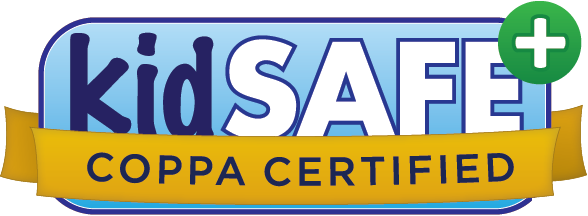Those who work on digital products know how difficult it can be to validate hypotheses. Even if we have a complete set of tools, frameworks, and years of experience putting them into practice, it is easy not to reach clear conclusions. This is even more true when discussing children and the education sector. The limitations of this user group in terms of access, communication, and the difficulty of the educational objective make us wonder: are we really making an impact where it matters? How much detail do we have to go into to be able to validate reliably?
At Lingokids, we believe in autonomous Product teams
Having the whole team involved in understanding the problem and designing the solution opens up new opportunities (especially in the early divergent phase) that typically escape when only one profile is concerned. This holistic view of product creation is even more necessary since all the interactive (games) and audiovisual (videos, podcasts) content of Lingokids requires many more disciplines apart from software engineering. This requirement includes game designers, level designers, animators, artists, audio engineers, etc.
To achieve an autonomous product team, it is necessary to have clarity in the definition of the problem we are working on, confidence in the bottom-up initiatives, and, above all, to have previously transmitted to the team the knowledge we have about the user. This is our primary responsibility as product leaders.
When all our engineers and designers speak the same language and understand what problem they are solving, we accelerate the process of validating hypotheses and can go a step further–testing riskier proposals.
Constant testing, Lingokids DNA
We conduct user studies with children and families on a regular basis. This helps develop our ideas from the initial version to more defined concepts. Applying different methodologies such as interviews, co-creation, or A/B testing, we manage to validate their preferences for games and activities as well as the educational learning level or the ease of use of the application.
These studies have led us to validate how our content has a high educational value while being attractive to children. For example, in a recent study with the University of Lancashire, we validated these points with a prototype designed jointly by Education and Engineering with a minimal development cost which, thanks to the methodology used, allowed us to obtain highly reliable results.
In short, it is essential to invest in creating synergies between different disciplines in order to validate hypotheses in an agile and courageous way.

Author: Alvar Montes Source
Lead Product Manager at Lingokids






